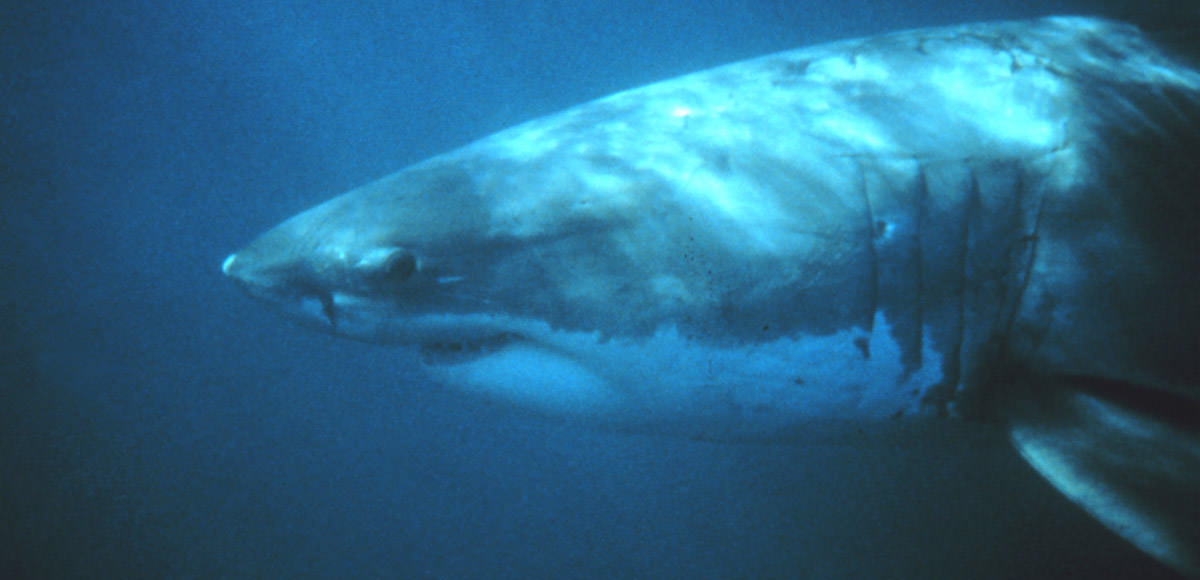White Shark Regulations & Permits

Greater Farallones National Marine Sanctuary (GFNMS) prohibits attracting a white shark in the Sanctuary; or approaching within 50 meters of any White Shark within the line approximating 2 nautical miles around the Farallon Islands as described in 15 C.F.R. Section 922.82 . The regulations and supporting rationale are published in the Federal Register (73 FR 70499). Under the umbrella White Shark Stewardship Project, and in order to protect and conserve the White Shark population. GFNMS may issue a permit for some activities otherwise prohibited, provided the Superintendent finds that the activities meet the criteria described in 15 C.F.R. Section 922.83.
UnderTitle 14, California Code of Regulations (CCR), Section 670.7, (Permits to Take Fully Protected Animals for Scientific Purposes) activities such as baiting, tagging, and/or White Shark capture anywhere in California State waters require a scientific collecting permit from California Department of Fish and Wildlife (CDFW). Sanctuary regulations complement CDFW regulations and are specific to attraction and approach of White Sharks. Hence projects such as scientific tagging studies typically need a sanctuary permit allowing White Shark attraction and a CDFW scientific collection permit for the tagging and/or capture. The sanctuary consults with CDFG regarding projects requiring both agency permits.
In addition, under section 101(a)(5) (A-D) of the Marine Mammal Protection Act of 1972 (MMPA), as amended (16 U.S.C. 1371(a)(5)) the NOAA National Marine Fisheries Service issues authorizations (incidental take authorization or letter of authorization) to researchers to possess marine mammal blubber for the purposes of baiting and/or attracting White Sharks for capture and/or tagging.
Activities that involve White Shark attraction or approach typically fall into the following permit categories:
| Activity | Permit Category |
|---|---|
| Educational Filming for Broadcast Media | Education |
| Educational Tourism | Education |
| Science | Research |
NOAA has released a Draft Programmatic Environmental Assessment (PEA) to evaluate possible activities related to White Shark attraction and approach anticipated to be proposed by research and education projects for which sanctuary staff can reasonably expect to receive permit applications over the next five years. These activities were evaluated because they may have the potential to affect White Sharks within the Greater Farallones National Marine Sanctuary (GFNMS) management area. This PEA also considers various methodologies that may be proposed by applicants to conduct White Shark research or education projects in the sanctuaries.

